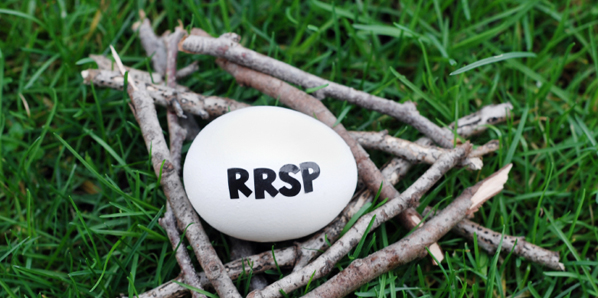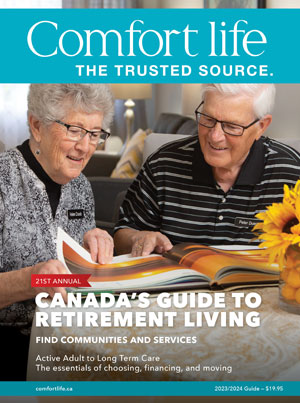The ABCs of RRSPs
The Government of Canada was surely smiling on taxpayers the day it created Registered Retirement Savings Plans (RRSPs). These tax deferral programs not only help us save for retirement, they also let us postpone paying the taxes that go with that money until later.Here, Chartered Accountants Sonja Chong, FCA, of Harris & Chong LLP in Toronto, and Hazen Henderson of Assante Capital Management Limited in Whitby, provide us with the basic information on RRSPs — what both agree is one of the best savings strategies available.

What is an RRSP? - Most simply, says Chong, it’s a government plan to encourage us to save money. You make contributions to a specific savings plan or investment program, and you get a tax deduction. You pay less income tax in the years you contribute to the plan, and the money you invest starts working for you too, generating earnings that are also tax-free as long as they remain in the plan.
Where do I get one? - An RRSP can be set up at any bank, credit union, brokerage or other financial institution. You can turn your money over to professional investors who’ll manage it for you, or open a “self-directed” plan where you have more direct control over your investments.
How do I qualify? - You must be Canadian, over age 18, have a Social Insurance Number and had “earned income” in the previous year, Henderson explains. Generally speaking, earned income is the result of work — from employment, rental properties, or business operations — but not dividends, interest or capital gains. That earned income from last year determines this year’s contribution room. The earlier young people begin to file tax returns —even if their income was only $1,500 from a part-time job, for which no taxes would normally be payable — the earlier they start to build contribution room, which can be saved and used later during their high-income years.
What kinds of things can I put in an RRSP? – Unlike the early years of RRSPs, these days, almost anything goes. Mutual funds, GICs, stocks, bonds and foreign investments usually qualify.
How much can I put in an RRSP? – In 2010, Chong says, you can contribute either 18 per cent of last year’s income, or $22,000, whichever is lower. But those who earn less than $40,000 and are in the lowest marginal rate of tax might consider putting any savings into a Tax Free Savings Account (TFSA) before an RRSP. The flexibility TFSAs afford may work for you, as all earnings in the account are non-taxable, and once you turn 65, any RRSP withdrawals could trigger a clawback of Guaranteed Income Supplement benefits. Of course, the best situation is to have sufficient funds to contribute to both.
When should I start contributing? – For young professionals, Henderson recommends you start making RRSP contributions in your early, lower-earning years, but save the deductions for later when your earnings are higher and you really need the tax savings.
Can I share my RRSP with my spouse? – You can contribute to your spouse’s or partner’s RRSP, provided you have the contribution room available. Generally, the higher-income earner provides funds to the plan belonging to the partner with lower earnings, but after two years, the funds can only be withdrawn by the annuitant spouse or partner, him or herself.


